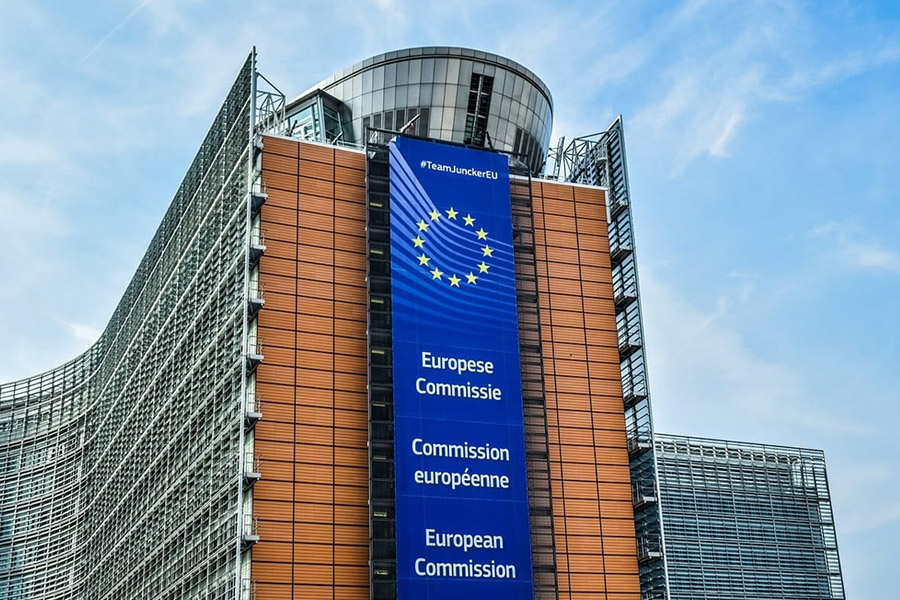1. European framework for energy efficiency in buildings
This review is based on the assumption that buildings are responsible for 40% of energy consumption in the EU and 36% of greenhouse gas (GHG) emissions. Furthermore, only one percent of the building stock is renovated each year, considering that renovation processes improve energy efficiency and reduce emissions.

2. Main objectives of the new directive
3. A new aesthetic for buildings
4. Impact on the Technical Building Code (CTE)
Therefore, investing in the integration of renewable energy in buildings through BIPV technology is an effective solution for meeting climate and energy-saving goals. Furthermore, the implementation of other energy-saving and storage systems in buildings is recommended.
5. Renovation of the building stock: a priority
6. Would you like to implement energy efficiency solutions in your buildings?
At BIREN, we help you adapt your project to the new European regulatory requirements. We integrate technologies such as BIPV, energy storage, and sustainable insulation systems.
Do you have a project in mind? Contact us and we’ll support you throughout the entire process to ensure your building meets the energy efficiency and sustainability goals of the new European Directive.
What is the European Energy Performance of Buildings Directive (EPBD)?
It is a European Union regulatory framework that establishes minimum energy efficiency requirements for new and existing buildings, promoting emission reduction and the use of renewable energy.
What changes does the latest revision of the EPBD introduce?
How does the Directive affect residential buildings?
Member states must ensure a 16% reduction in primary energy consumption by 2030 and a 20-22% reduction by 2035, prioritizing the elimination of fossil fuels and improving insulation.
info@birenbipv.es